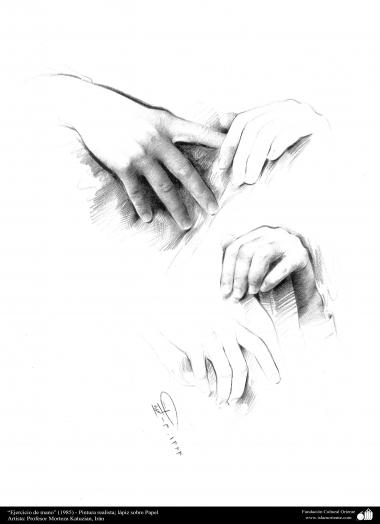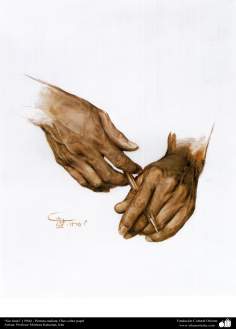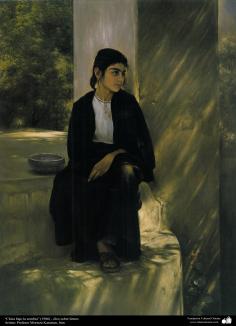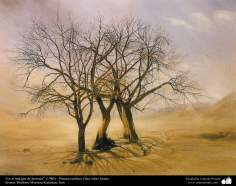-
Islamic Art
-
Arquitecture
-
Islamic Arquitecture
- Arte & Islamic Architecture in painting
- Islamic mosaics and decorative tile (Kashi Kari)
- Islamic Mogarabas (Moqarnas Kari)
- Arte con espejos incrustados (aine kari)
- City of Isfahan - Iran
- City of Mashhad - Iran
- City of Shiraz - Iran
- From other cities of Iran
- Mecca and Medina – Saudi Arabia
- City of Agra - India
- Persian Preislamic Arquitecture
-
Islamic Arquitecture
-
Persian Miniature
- Miniatures by Prof. M. Farshchian
- miniatures by Hayy Agha Emami
- Miniatures by Prof. Husein Behzad
- Miniatures by Professor M. Mehregan
- Miniatures by different artists
- Miniatures of the Book “Muraqqa-e-Golshan
- Miniatures of books of Poet Sadi, “Bustan”, “Golestan” and “Colections”
- Miniature of the books of Poet Nezami Ganjavi
- Miniatures of different books
- Miniatures of the Book “Zafar Name Teimuri”
- Miniatures of different editions of Shahname by Ferdowsi
- Miniature in Mural
- Tazhib (Ornamentation of valuables pages and texts)
-
Islamic Calligraphy
- Kufic Calligraphy – Kufic Style
- Islamic Calligraphy – “Diwani” Style
- Islamic Calligraphy – “Naskh” Style
- Islamic Calligraphy – “Nastaliq” style
- Islamic Calligraphy – “Muhaqqeq” and “Roga” Styles
- Islamic Calligraphy “Zuluz” Style
- Islamic Calligraphy – “Tawqi” style
- Calligraphy of Bismillah
- Quranic Calligraphy
- Illustrative Calligraphy
- Antique editions of the Holy Quran from early times to XIII hiyri (XIX d.C).
-
Handicrafts
- Handicrafts – traditional blocking (stamping) (Chape Qalamkar)
- Handicraft – Marquetry and Decoration of objects (Jatam Kari)
- Handicraft – Enamel (Mina Kari)
- Handicraft – Textile Art – Persian Carpets
- Persian Handicraft – Bone Painting
- Handicraft – Engraved in metal (Qalam Zani)
- Handicraft – Taracea (Marquetry)
- Weapons and decorated enamelware
- Paintings
- Islamic Pottery- Islamic ceramics
-
Arquitecture
- Muslim Woman
- Holy Places of Islam
-
Poster
- Caricature
L'art islamique fait référence à la partie de l'art qui est répandu dans la communauté musulmane et non pas nécessairement par des musulmans. La peinture est l'un des principaux domaines des arts visuels.
La peinture classique persane, au sens académique, est un phénomène limité à une période de deux siècles et demi. L’époque classique commença peu après le milieu du XIVe siècle, à la fin des Ilkhanides, et dura jusqu’au milieu du XVIIe siècle. Après cette période, la peinture dite « classique » perdit ses caractéristiques en se rapprochant de la peinture occidentale ; puis, à l’époque qâdjâre, avec les changements culturels et sociaux, une nouvelle peinture naquit. La peinture classique persane était un mode d’expression assez important pour servir de modèle à l’Empire Ottoman et aux royaumes indiens. Sous le règne de Shâh Esmâïl, la peinture persane devint un modèle pour l’Empire Ottoman et l’Inde.
Morteza Katouzian(11 tir 1322)(Date persane).Il a commencé la graphie et la peinture professionnellement en 1339.
Vous pouvez voir Ci-dessus un exemple de peintures (huile sur toile) du professeur Morteza Katouzian












